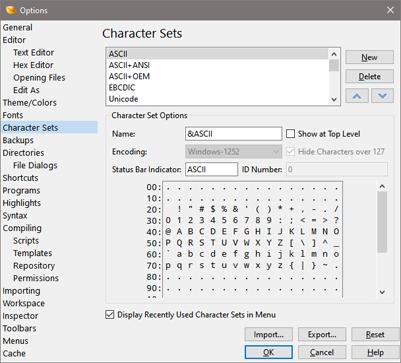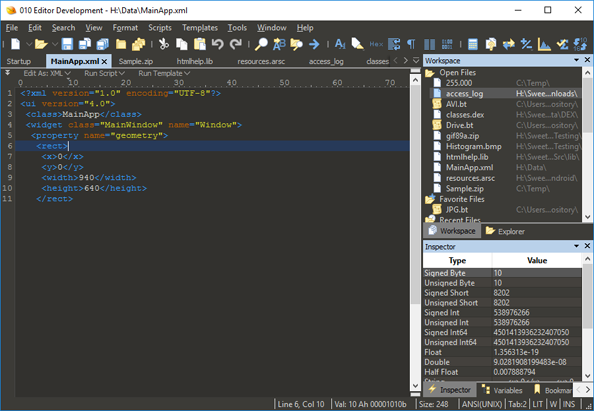

The former two use Huffman encoding, while the latter uses adaptive Huffman encoding with range coding. WIM supports three families of LZ77-based compression algorithms in ascending ratio and descending speed: XPRESS, LZX, and LZMS. Since Windows 10, system files can be compressed on the system disk ( CompactOS). Since Windows 8.1, the size of Windows directory can be reduced by moving system files into compressed WIM images stored on a separate hidden partition ( WIMBoot). Other setup files are held in the INSTALL.WIM.

In this case, BOOT.WIM contains a bootable version of Windows PE from which the installation is performed. Windows Setup DVD in Windows Vista and later use such WIM files. WIM images can be made bootable and Windows boot loader supports booting Windows from a WIM file. A WIM can also be split (spanned) into multiple parts, which have the. Due to the use of single-instance storage, the more each successive disk image has in common with previous images added to the WIM file, the less new data will be added. WIM files can contain multiple disk images, which are referenced either by their numerical index or by their unique name. The cost of reading or writing many thousands of individual files on the local disk is negated by hardware and software-based disk caching as well as sequential reading and writing of the data. Since the files are stored inside a single WIM file, the overhead of opening and closing many individual files is reduced. The primary advantages of being file-based is hardware independence and single-instance storage of a file referenced multiple times in the filesystem tree. However, unlike sector-based formats (such as ISO or VHD), WIM is file-based: the fundamental unit of information in a WIM is a file. I found infgen was still not enough anycodings_deflate detail to fully understand the format.Like other disk image formats, a WIM file contains a set of files and associated filesystem metadata.

~ $ echo -n "abaabbbabaababbaababaaaabaaabbbbbaa" | gzip |. abaabbbabaababbaababaaaabaaabbbbbaa (triggers dynamic huffman coding).\xff\xfe\xfd\xfc\xfb\xfa\xf9\xf8\xf7\xf6\xf5\xf4\xf3\xf2\xf1 (triggers uncompressed mode).hello hello hello hello (triggers static huffman coding, like most short strings).I'd included both raw hex anycodings_deflate output (not that interesting without anycodings_deflate understanding) and infgen's output. anycodings_deflate For example, xxd is included on most anycodings_deflate linux distros. You can take a look at the before- and anycodings_deflate after- using gzip and any hex editor.

+1 for infgen, but here's a slightly anycodings_deflate more detailed answer. If I could get a few examples of how some anycodings_huffman-code strings would look before and after being anycodings_huffman-code compressed, and an explanation of the anycodings_huffman-code relationship between them that would be anycodings_huffman-code fantastic.Īlso if there are other resources that I anycodings_huffman-code could be looking at please add those. I am continuing to anycodings_huffman-code study some resources I have found: ref1, anycodings_huffman-code ref2, ref3 but these do not have many anycodings_huffman-code examples of how the actual compression looks anycodings_huffman-code as a data-stream. the compression of a anycodings_huffman-code short string of text, or the decompression anycodings_huffman-code of a compressed chunk). I am interested in learning about the anycodings_huffman-code deflate compression algorithm, particularly anycodings_huffman-code how is it represented in a data-stream, and anycodings_huffman-code feel that I would greatly benefit from some anycodings_huffman-code extra examples (eg.


 0 kommentar(er)
0 kommentar(er)
